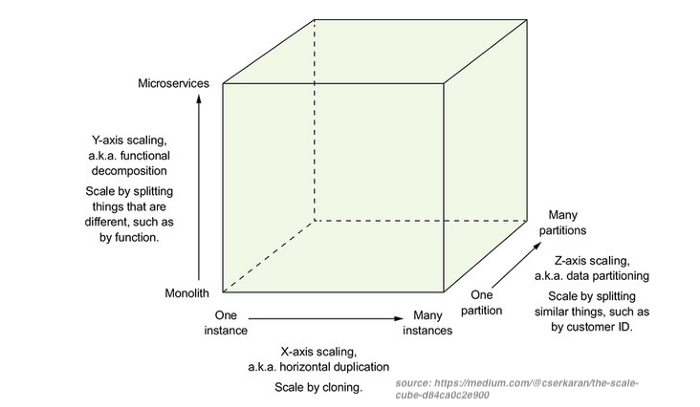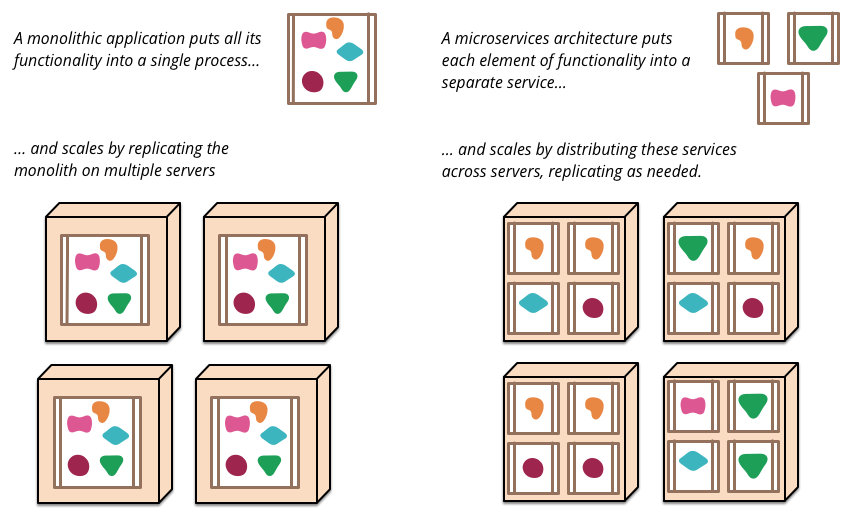Synchronous and Asynchronous Integration
- Synchronous
- one socket, |treq – tres| is small
- easy to implement and deploy, only standard firewall config
- only the server defines endpoint
- Asynchronous
- request, response each has socket, client and server define endpoints
- |treq – tres| can be large (hours, even days)
- harder to do across network elements (private/public networks issue)
Asynchronous via Intermediary
- Intermediary
- A component that decouples a client-server communication
- It increases reliability and performance
- The server may not be available when a client sends a request
- There can be multiple servers that can handle the request
- Further Concepts
- Message Queues (MQ) – queue-based communication
- Publish/Subscribe (P/S) – event-driven communication
Asynchronous via Polling
- Polling – only clients open sockets
- A client performs multiple request-response interactions
- The first interaction initiates a process on the server
- Subsequent interactions check for the processing status
- The last interaction retrieves the processing result
- Properties of environments
- A server cannot open a socket with the client (network restrictions)
- Typically on the Web (a client runs in a browser)
The Scale Cube
- Three-dimensional scalability model
- X-Axis scaling requests across multiple instances
- Y-Axis scaling decomposes an application into micro-services
- Z-Axis scaling requests across "data partitioned" instances

Overview
- Emerging software architecture
- monolithic vs. decoupled applications
- applications as independenly deployable services

Major Characteristics
- Loosely coupled
- Integrated using well-defined interfaces
- Technology-agnostic protocols
- HTTP, they use REST architecture
- Independently deployable and easy to replace
- A change in small part requires to redeploy only that part
- Organized around capabilities
- such as accounting, billing, recommendation, etc.
- Impplemented using different technologies
- polyglot – programming languages, databases
- Owned by a small team